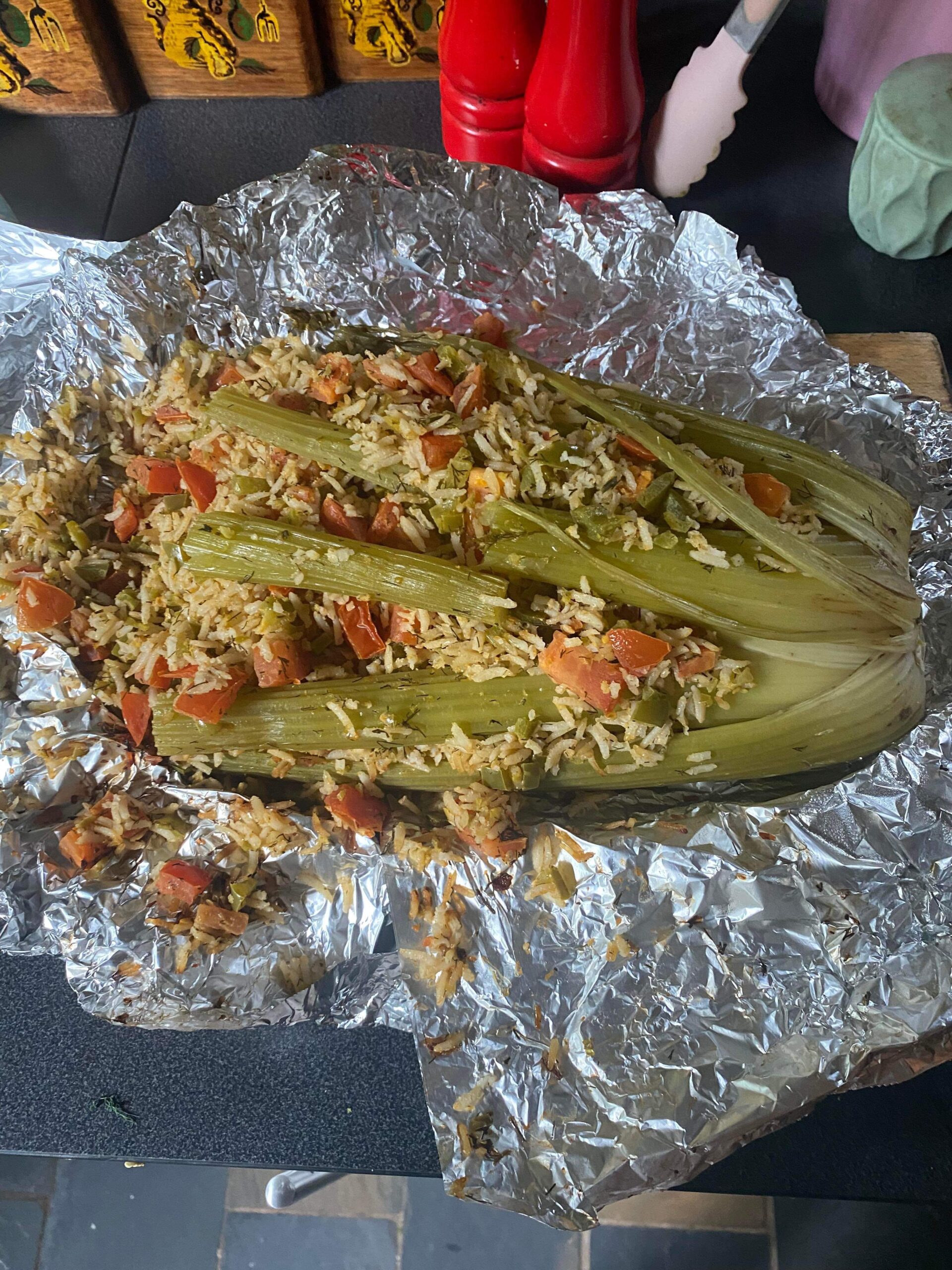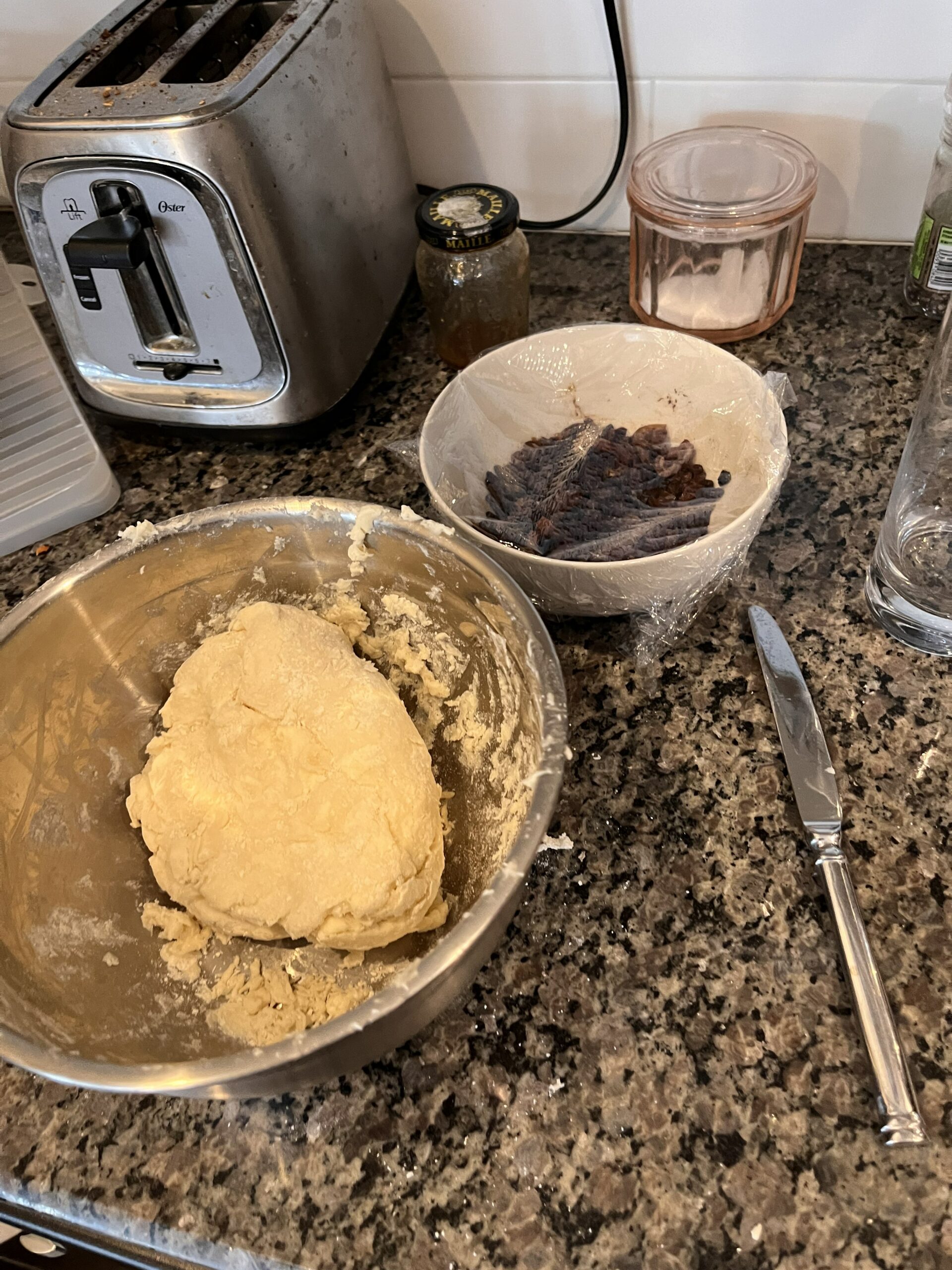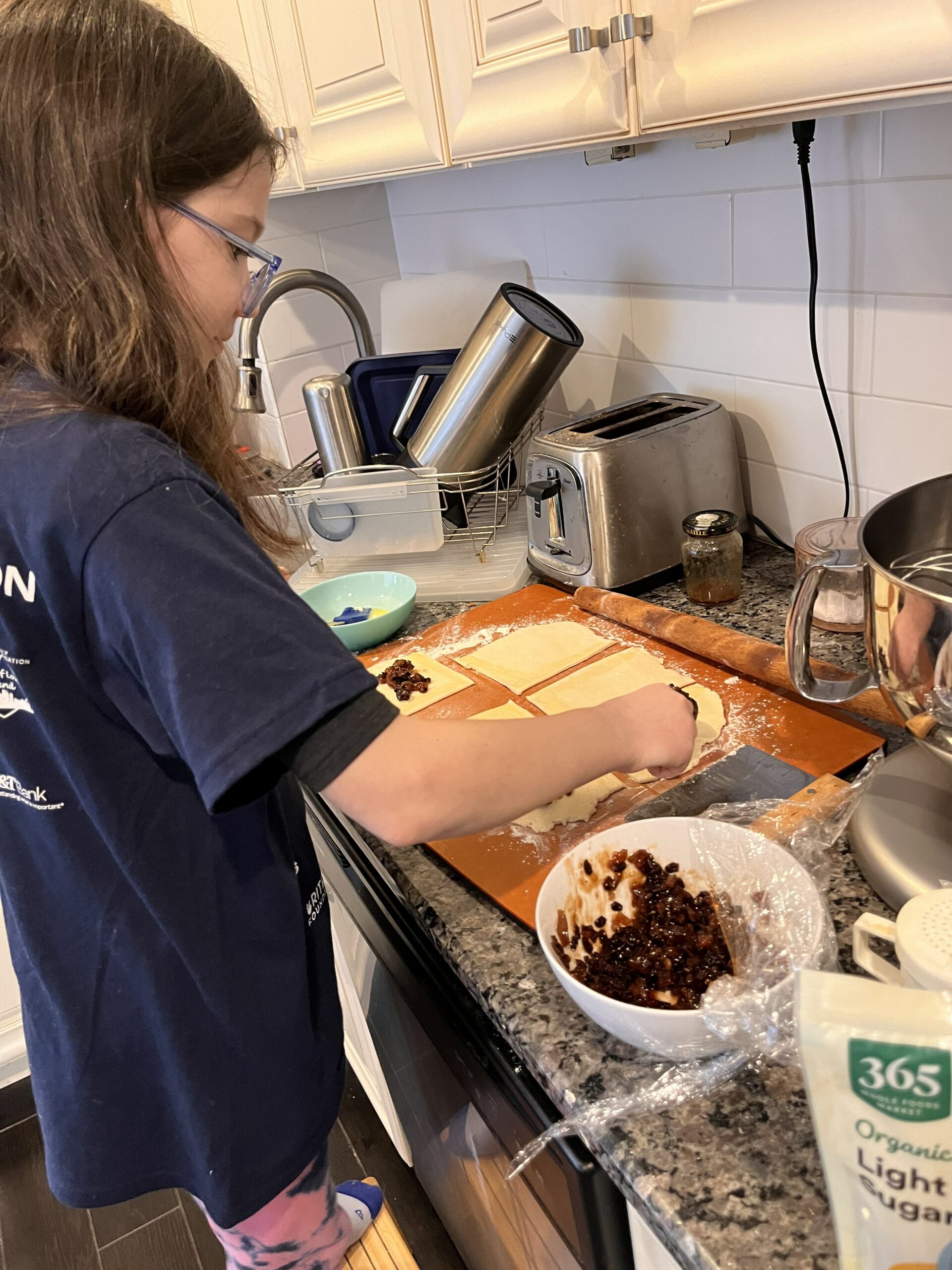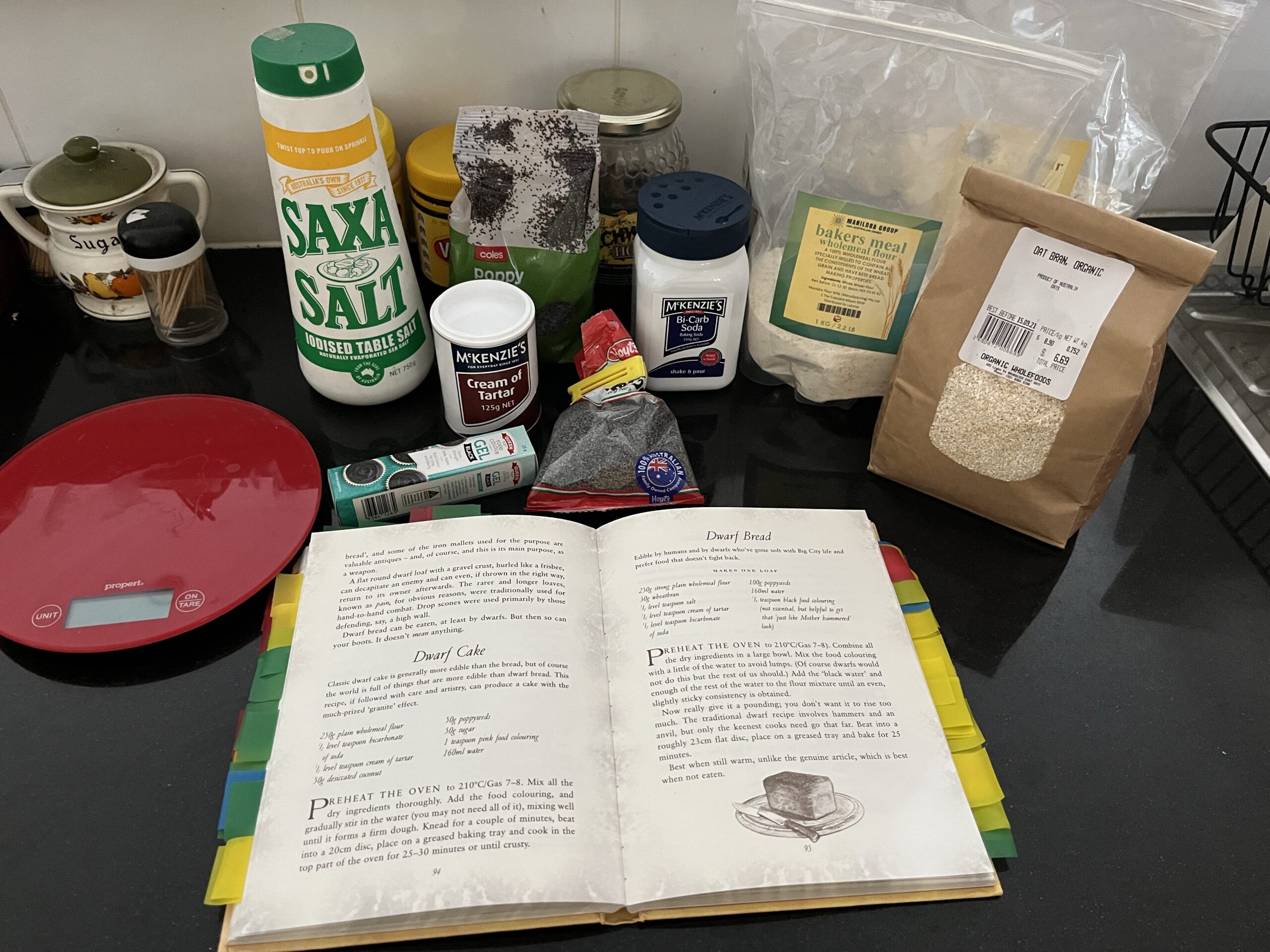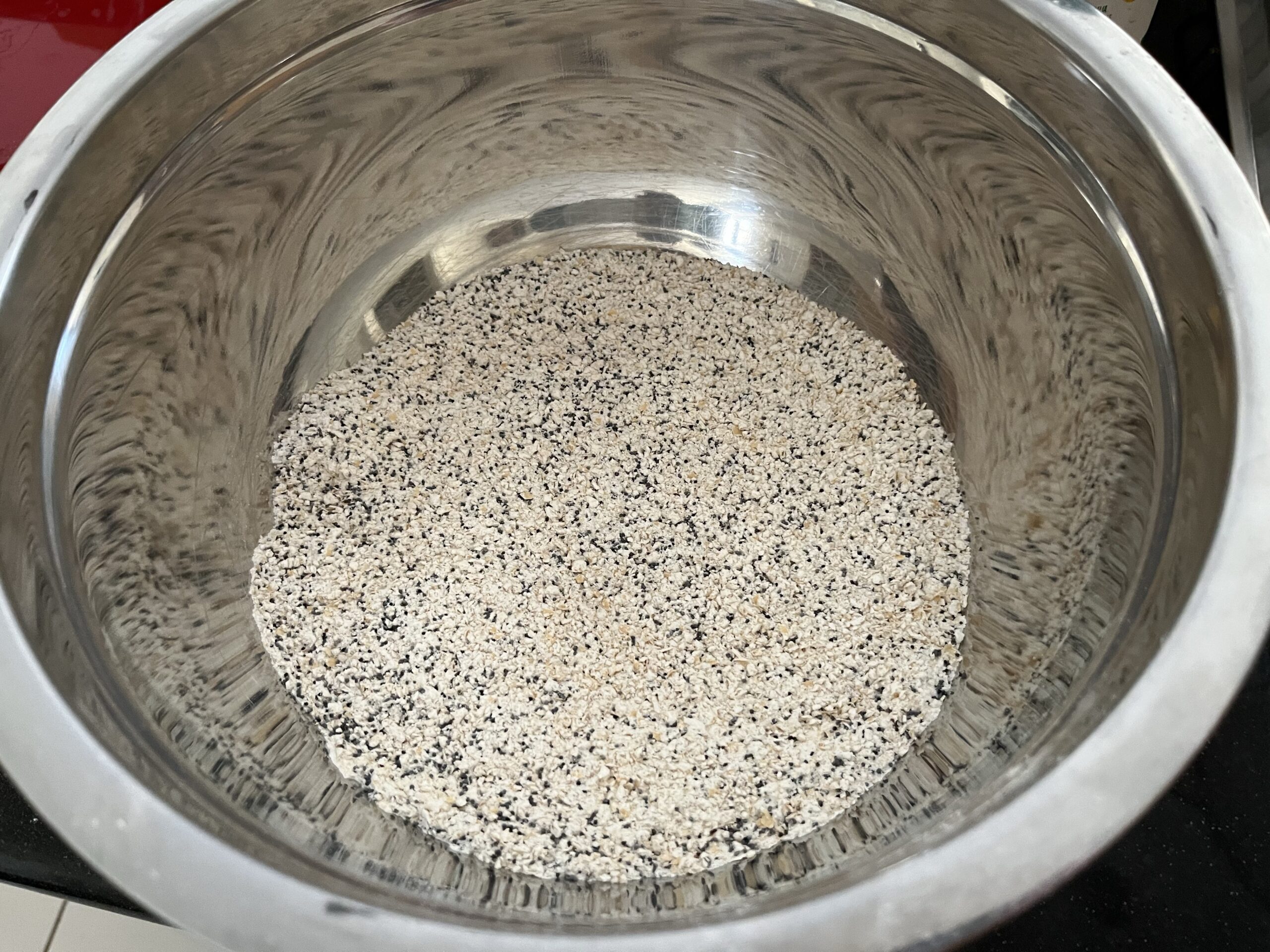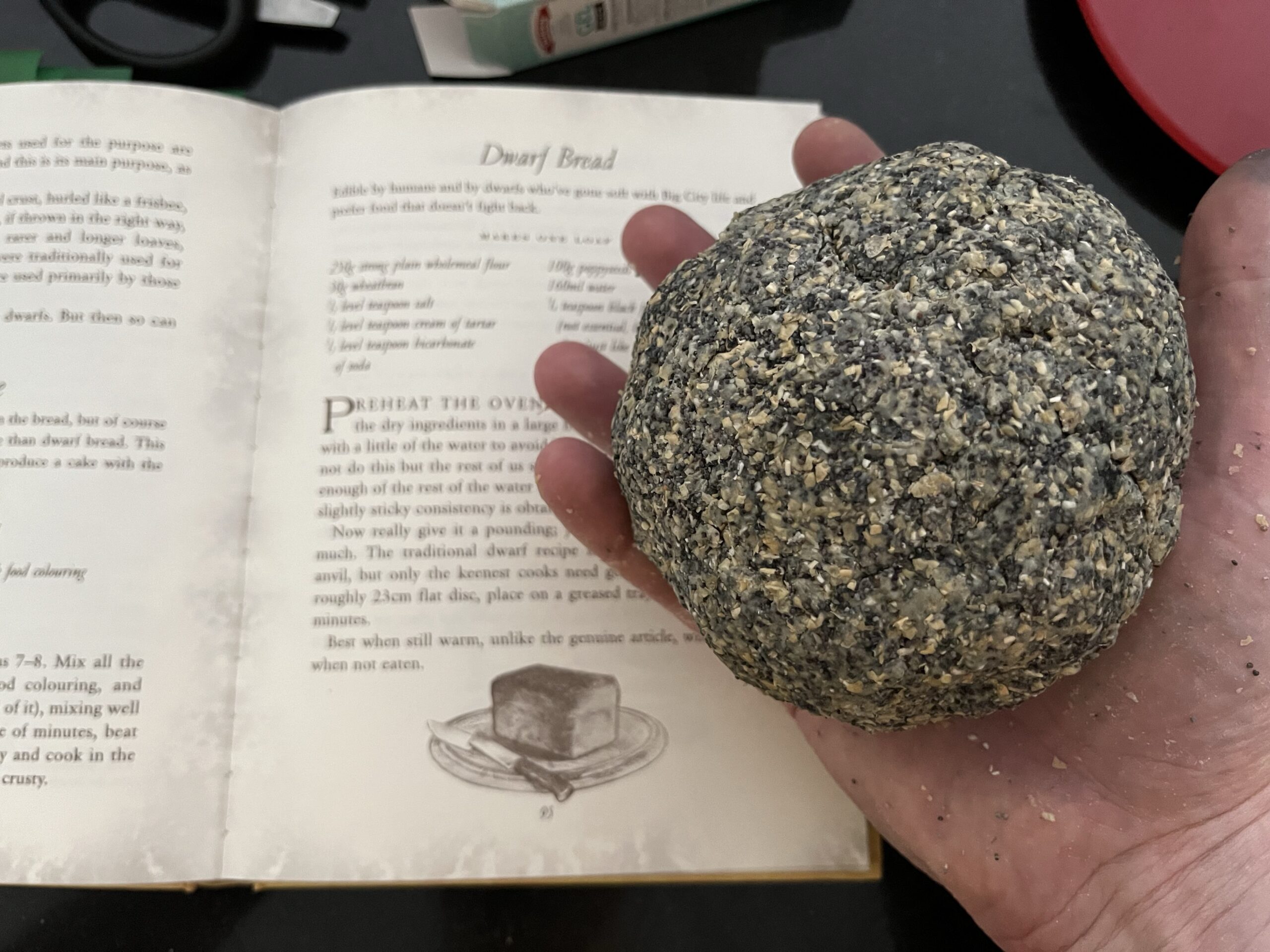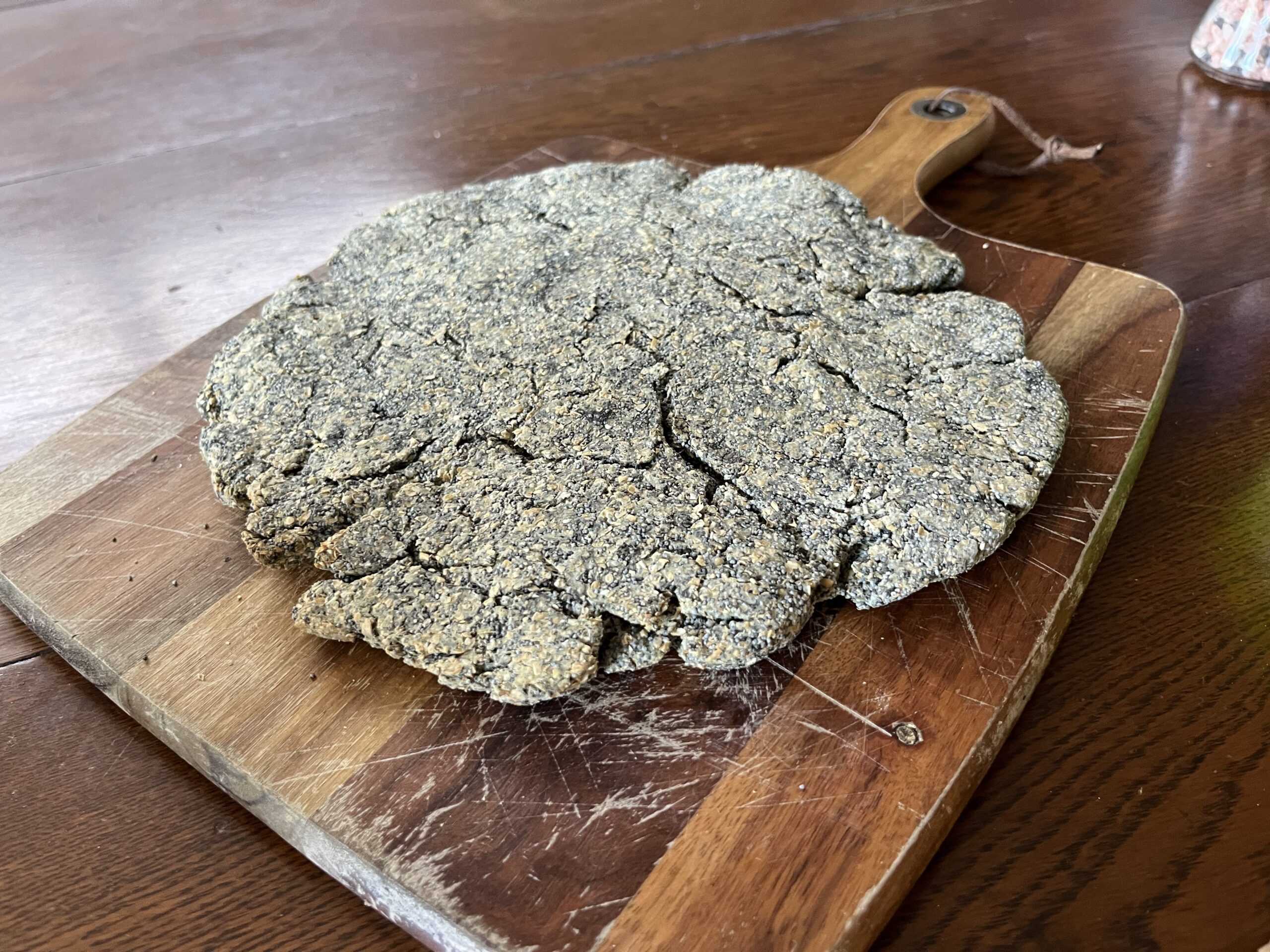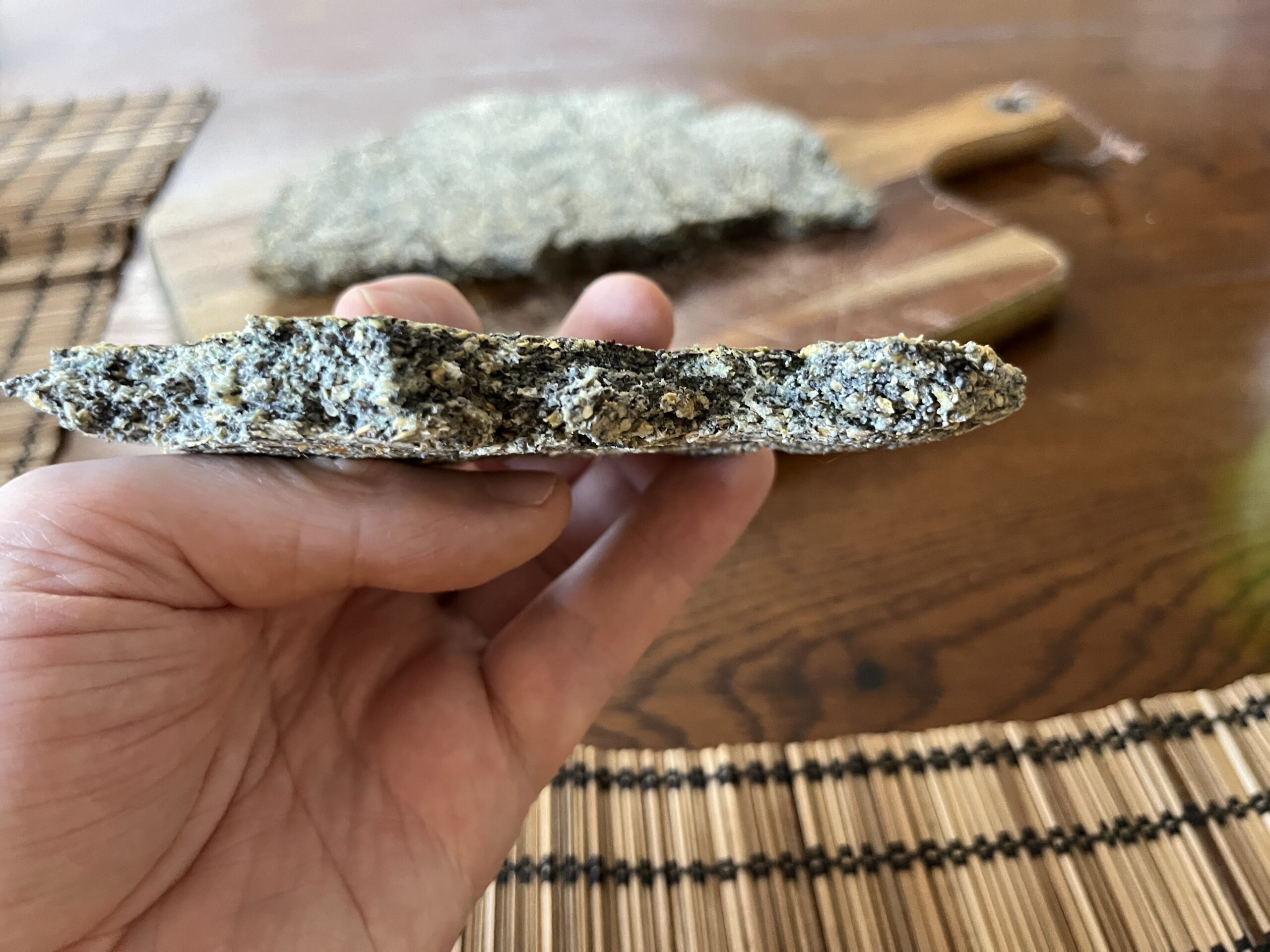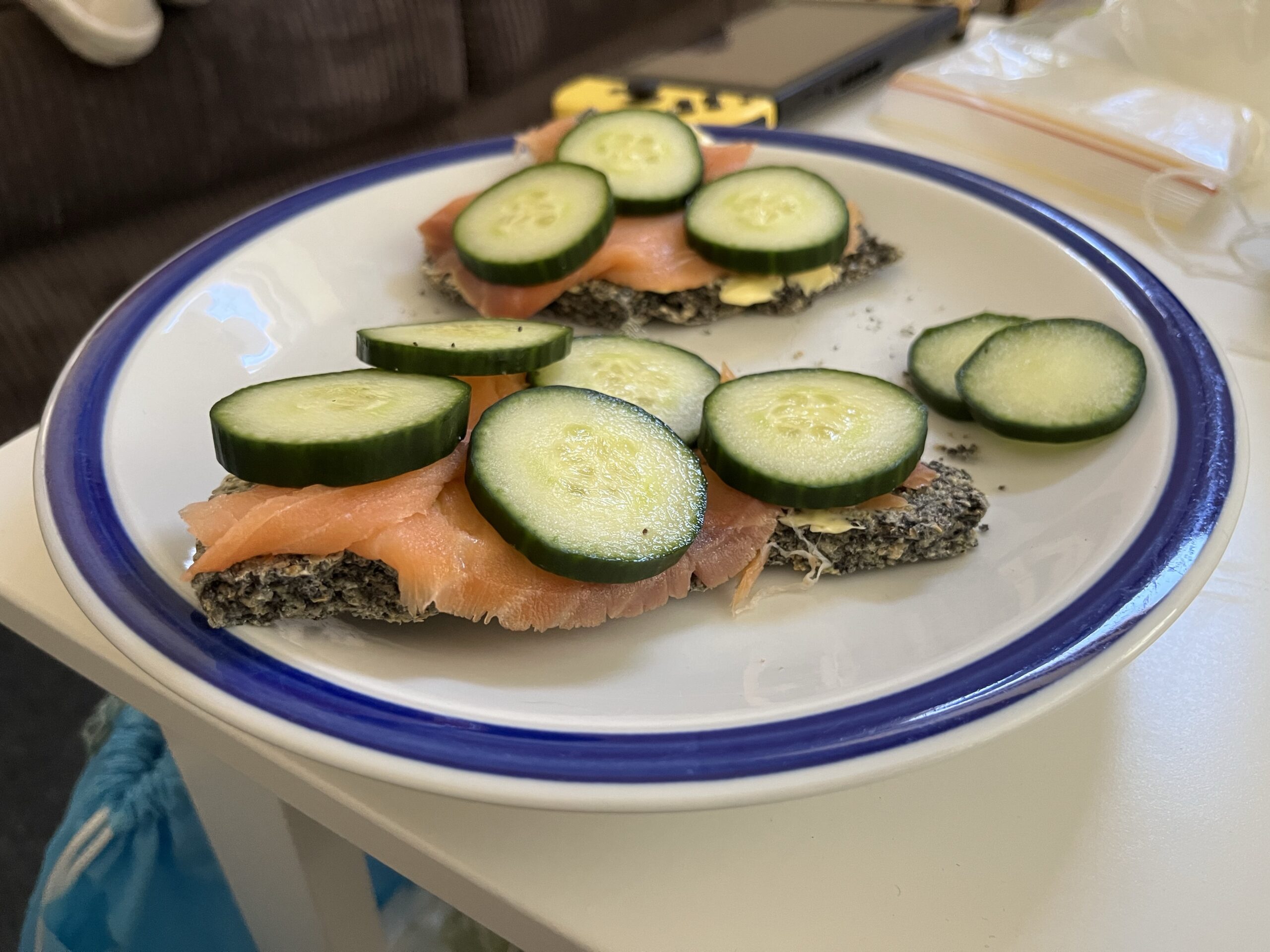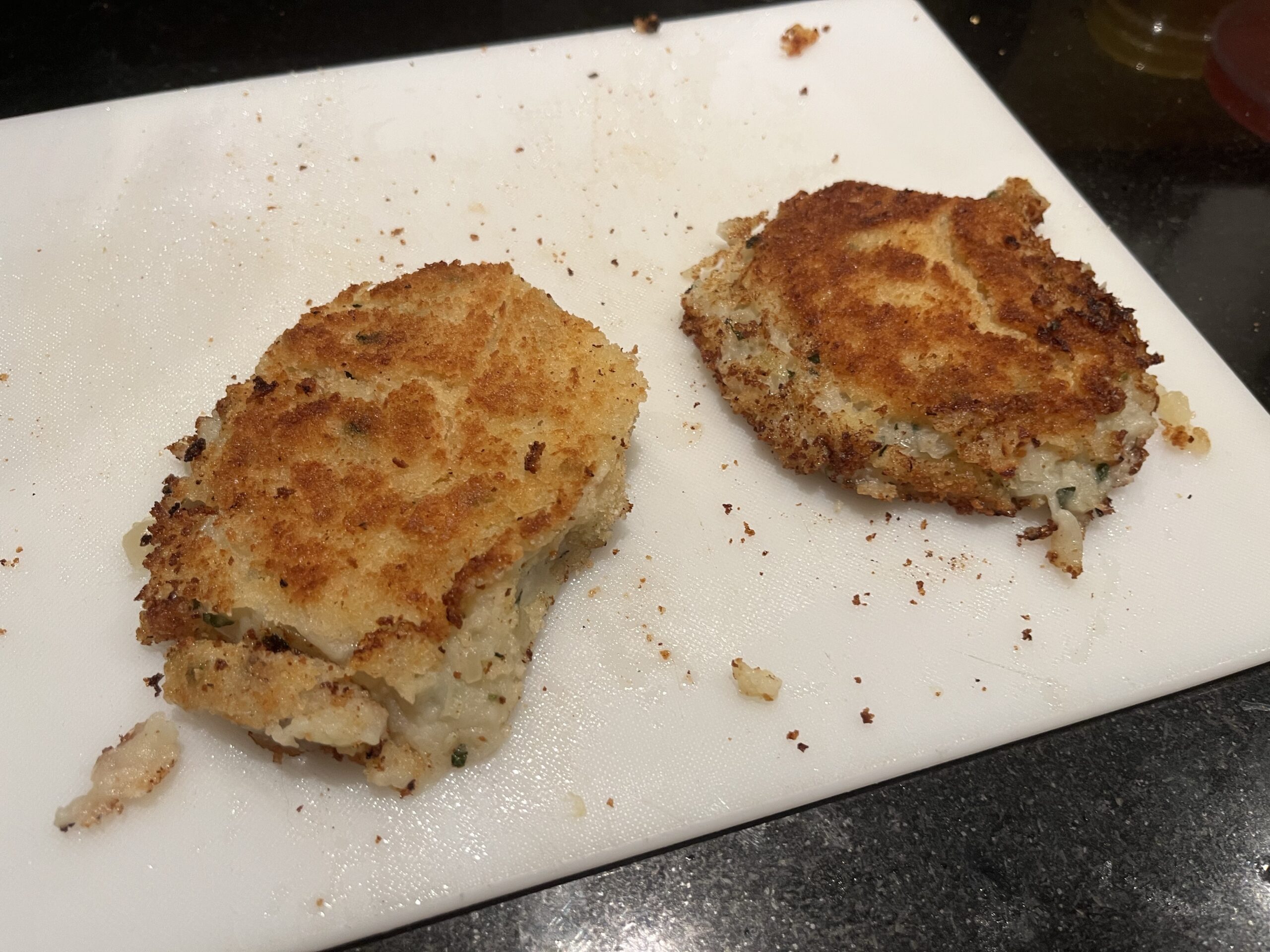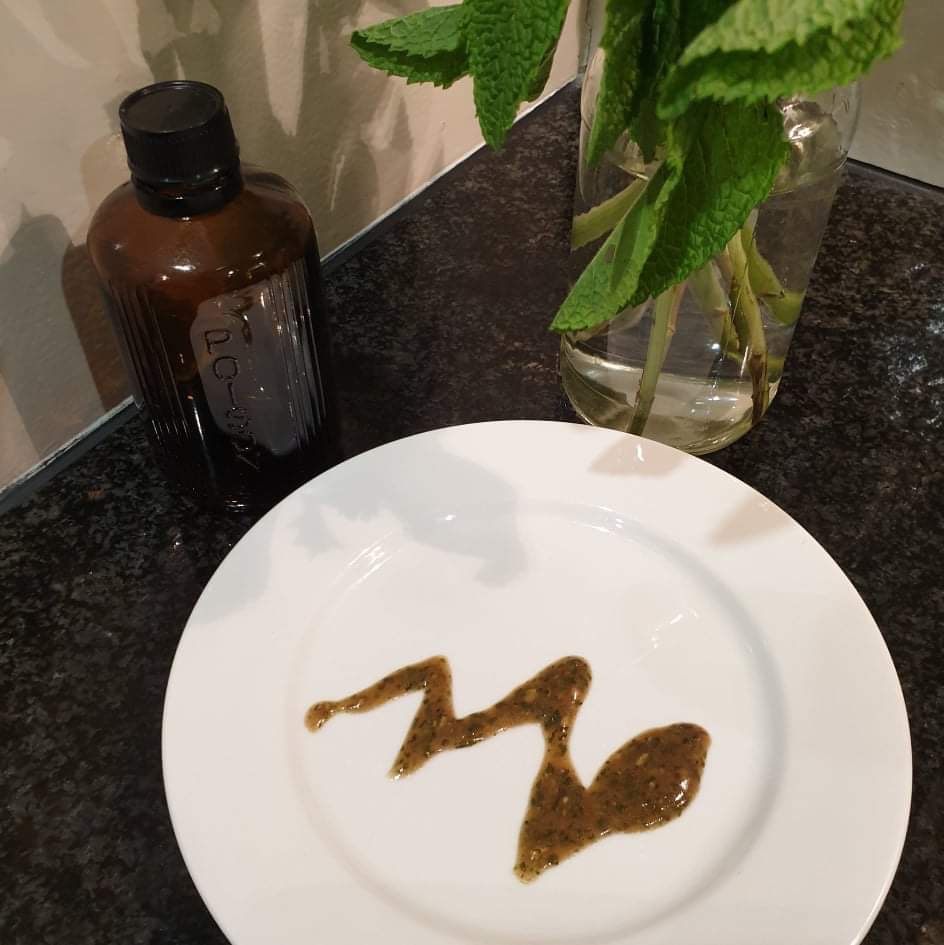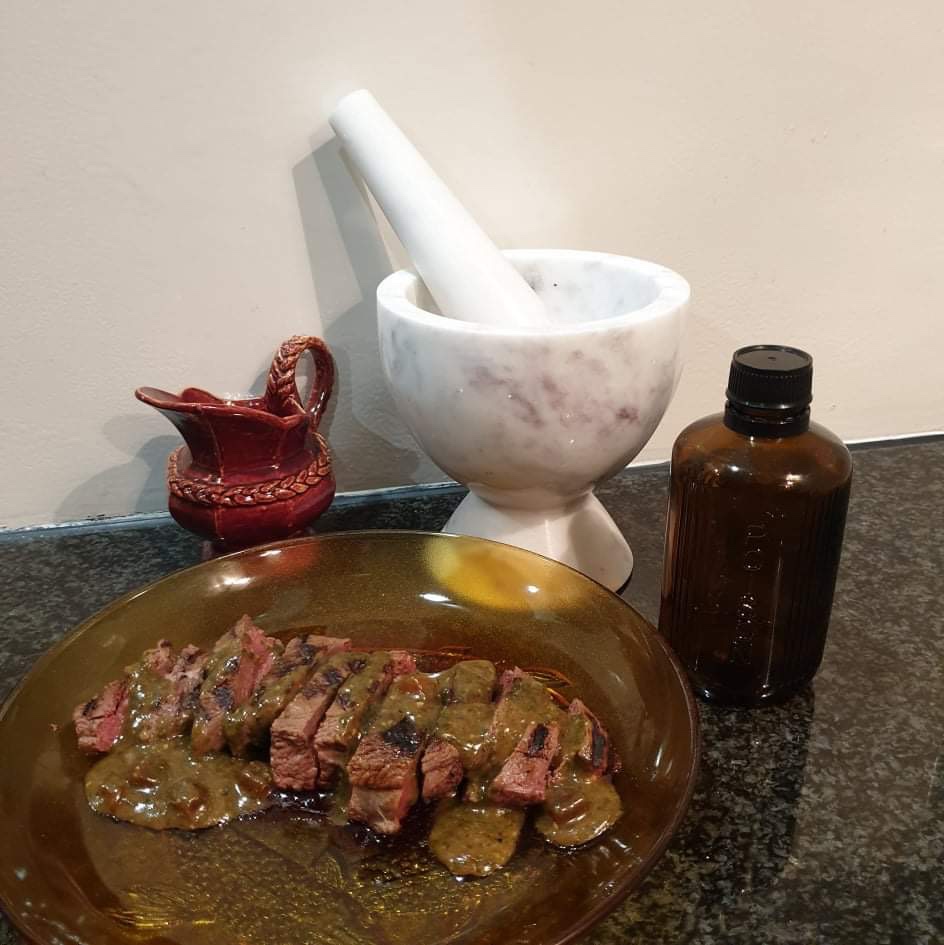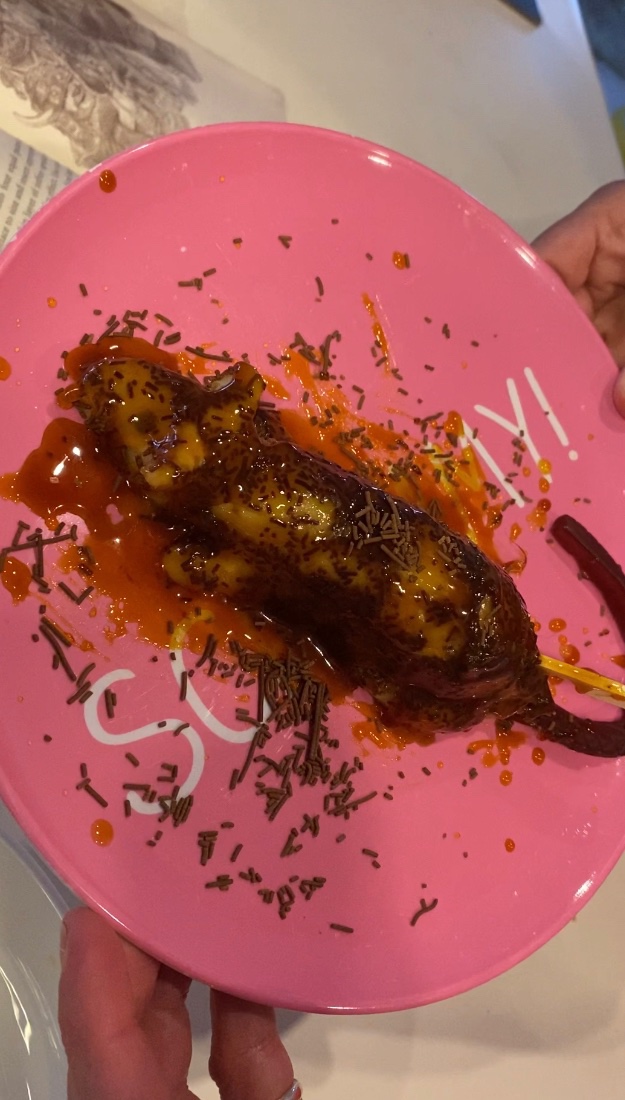#Pratchat51 Notes and Errata
These are the episode notes and errata for Pratchat episode 51, “Boffoing the Winter Slayer”, featuring guest Garth Nix, discussing the 2006 Discworld novel Wintersmith.
Iconographic Evidence
Here are some photos of Ben’s office of the time of this episode’s recording, to accompany the visual section about video meeting boffo.


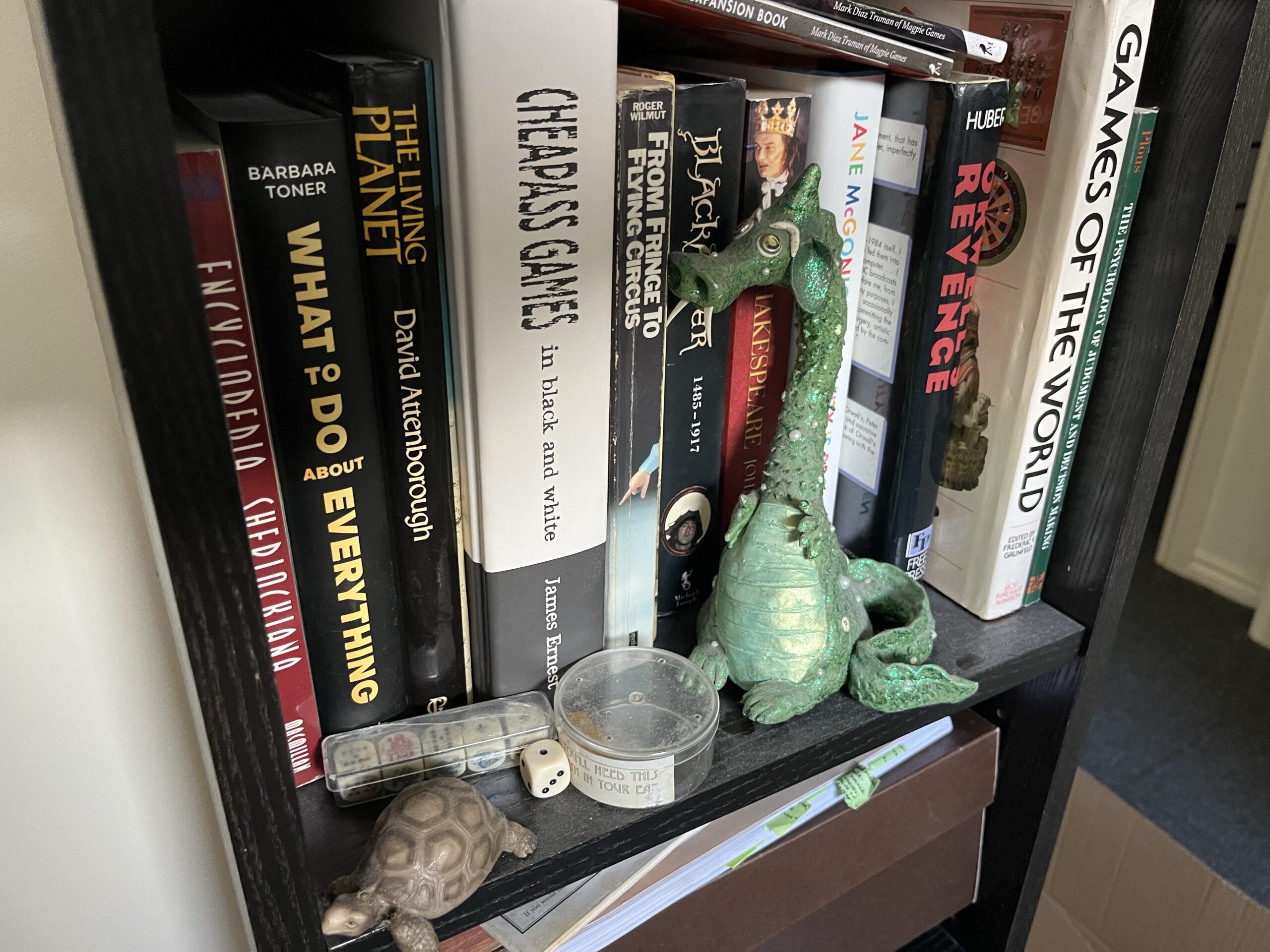
Notes and Errata
- The episode title references not only Buffy the Vampire Slayer, but more specifically Buffering the Vampire Slayer, a long-running Buffy recap and discussion podcast hosted by musician Jenny Owen Youngs and writer Kristin Russo. Each episode of the podcast covers a single episode, and includes an original song about the show; they have a whole album’s worth of new songs dedicated to the Buffy musical episode, “Once More, With Feeling”! (One of several things referenced in the title of #Pratchat49, “Once More, With Future”.)
- As mentioned in the footnote, “Terry Pratchett in Conversation with Garth Nix” was a public appearance by Terry at the Sydney Opera House on 17 April, 2011. As of March 2025, it’s still available as a 2013 episode of the Ideas at the House podcast; you can find it via Acast: “Terry Pratchett in Conversation with Garth Nix”
- The Colour of Magic, Pratchett’s fourth novel, was first published in the UK by Colin Smythe on November the 24th, 1983. As we noted for Richard Watts, our guest in #Pratchat49, who also read it when it was first available, In Australia this was probably in 1985, the year of the first Corgi paperback edition.
- Pratchett’s first novel, The Carpet People, was first published by Colin Smythe on November 16th, 1971. This was a fairly small print run of 3,000 copies, which is why any that come up for sale routinely go for huge prices. (Garth did well to get a hold of one when it came out!) The later version – rewritten and edited by the older Pratchett – was first published by Corgi on the 30th of June, 1992. The original short stories from 1965 can be found in the collection The Dragons of Crumbling Castle, first published on the 11th of September 2014.
- The Good Wife and The Good Fight are CBS legal dramas set in Chicago. The Good Wife follows Alicia Florrick (played by Julianna Margulies), a woman who restarts her legal career as a junior lawyer when her husband, a State’s Attorney, is jailed in a corruption scandal. A major theme of the show is what women are expected to give up to be “good wives” to influential husbands. The Good Wife ran for seven seasons from 2009 to 2016, and was followed in 2017 by The Good Fight, a sequel and spin-off that follows the character of Diane Lockhart (played by Christine Baranski). A year after the end of the earlier show, Lockhart – a named partner at Alicia’s law firm – is forced out when her life savings are lost in a financial scam that dupes her protege and god-daughter. The pair move to another Chicago law firm, where another former employee of the original firm now works, and take on cases with political and social justice angles. The Good Fight was still running at the time of this episode, but finished after six seasons in 2022.
- Tiffany is 9 years old in The Wee Free Men – not 6, 7 or 8, as guessed by Garth and Ben. Everyone was wrong! In A Hat Full of Sky she is 11, and as discussed she turns 13 during Wintersmith. By the next book, I Shall Wear Midnight, she is nearly 16 (see #Pratchat66, “Ol’ No-Eyes is Back”).
- You’ll find most of Liz’s complaints about Wentworth in #Pratchat32, “Meet the Feegles”, discussing the first Tiffany book The Wee Free Men. There might also be one or two in #Pratchat43, “Big Wee Hag: Far Fra’ Home“, about A Hat Full of Sky.
- “This is where you came in” is named “How We Got Here” by trope-listing websites. A famous example of Ben’s phrase for it is in Billy Wilder’s 1950 film noir mystery Sunset Boulevard.
- We previously mentioned the film Mean Girls (2004, dir. Mark Waters) in #Pratchat37, “The Shopping Trolley Problem”. Written by Tina Fey and based on Rosalind Wiseman’s 2002 non-fiction book Queen Bees and Wannabes, it follows new girl Cady Heron (Lindsay Lohan), who moves from an isolated life in Africa to the social jungle of of an American high school.
- Bilbo Baggins’ age is a plot point in The Lord of the Rings, when he chooses the occasion of his eleventy-first birthday to literally disappear by using the magic ring he stole from Gollum during the events of The Hobbit. It is noted that Bilbo has not aged normally for a hobbit, who usually live for around 100 years – a bit longer than the humans of Middle Earth.
- One Pratchett interview in which he discusses Tolkien’s influence is his 2006 chat on Book Lust with Nancy Pearl, a production of the Seattle Channel, a community cable channel run by the City of Seattle. Appropriately enough it was during the promotional tour for Wintersmith! You can find the main Tolkien quote in his answer at around the 3:30 mark, which also includes his classic story about how and when he first read the books. An earlier – possibly the original – version of the same thought appears in Pratchett’s 1999 essay “Magic Kingdoms” for the Sunday Times, prompted by the publication of the third Harry Potter novel. It’s collected in A Slip of the Keyboard, and this version has been circulated in image form recently, so we include it here as text:
J. R. R. Tolkien has become a sort of a mountain, appearing in all subsequent fantasy in the way Mt Fuji appears so often in Japanese prints. Sometimes it’s big and up close. Sometimes it’s a shape on the horizon. Sometimes it’s not there at all, which means the artist either has made a deliberate decision against the mountain, which is interesting in itself, or is in fact standing on Mt Fuji.
Terry Pratchett, “Magic Kingdoms”, 1999
- Pratchett’s other Tolkien references include a lot of stuff about dwarfs (and indeed the use of the plural “dwarfs”), the Gollum sequence in Witches Abroad, Mustrum Ridcully, aka “Ridcully the Brown” (a very different take on a Brown wizard who is close to nature), and his deliberately non-Tolkienistic takes on elves, orcs and goblins. In several interviews – including the one linked above – he also describes Discworld “in the short form” as “Middle Earth 500 years on, when everyone’s actually got to settle down and deal with one another.” This idea is most explicit in his short story “Troll Bridge”, which we discussed in #PratchatNA7, “A Troll New World”.
- Lady Justice is the modern incarnation of Justitia, the Roman goddess of Justice, introduced by Emperor Augustus. Justitia herself is likely inspired by Dike, the Greek goddess of moral order and fair judgement, who also held a pair of scales, possibly influenced by earlier Egyptian gods like Maat and Isis. (Dike’s mother, Themis, is also described as a goddess of justice.) Justicia was also depicted holding a sword, but the blindfold worn by the modern version of Lady Justice seems to have been introduced in the sixteenth century. The earliest depiction of Lady Justice with all three elements seems to be the statue on the Gerechtigkeitsbrunnen (Fountain of Justice) in Bern, Switzerland, which was sculpted by Hans Gieng in 1543. Not all famous depictions of Lady Justice have the blindfold – for example the statue of her on the Old Bailey courthouse in London.
- As Ben mentions, not everyone can or does visualise things in their imagination – in fact the ability to do so exists on a continuum, across all senses, not just sight. This kind of “blind” imagination is described as “aphantasia”, and around 3-5% of humans are estimated to think this way. This 2017 article from The Conversation does a pretty good job of explaining aphantasia, but there’s also a worldwide Aphantasia Network, established in 2020.
- Not only are personifications of fate often depicted as weavers – see previous episodes #Pratchat36, “Home Alone, But Vampires” and #Pratchat48, “Lu-Tze in the Sky with Lobsang” – but the moirai, the Greek fates, are the children of Themis, and sisters to Dike!
- To be clear, we don’t hate any of the story teaching terms we groan about in this episode – Ben uses them in his teaching work a lot! – but they do take us back to school days we’re happy to have left behind us. In case you’re not familiar with any of them:
- The “inciting incident” is modern writing jargon for the moment in a story where the protagonist’s regular world is disturbed. While it’s used etensively by those who write about writing (who often define it as having anywhere between three and seven defining characteristics), it can be fairly directly traced back to the work of story scholars like Gustav Freytag and Joseph Campbell.
- A “story graph” or “story arc” is a curved line meant to show time progressing in the story from left to right, and tension, excitement or some other measure of the story’s intensity going up and down. It demonstrates the same basic principles as Freytag’s Pyramid, which is to say the most tension or excitement etc goes somewhere in the middle, at least in standard Western story structures. In primary school creative writing it is sometimes called the “story mountain”.
- A “topic sentence” is a device taught in essay writing in which an early sentence in a paragraph – often the first one – gives the reader an expectation of what the paragraph will be about.
- The Dark Morris is first mentioned – though not by name – at the very start of Reaper Man (see #Pratchat11, “At Bill’s Door”). Pratchett tells us that while all inhabited worlds of the multiverse have a Morris dance, only on the Discworld in one small village in the Ramtops is it danced it properly. Their secret is “the other dance”, which is described in more detail at the end of the book: that dance it’s danced without music, while dressed in black and wearing bells made of octiron, which make “the opposite of noise”. The award-winning Lancre Morris Men, led by Jason Ogg, appear in Lords and Ladies, but they don’t seem to be the ones who dance the Dark Morris; they mention that the Morris is “for every day”, whereas the dancers of the Dark Morris dance only once a year. This also correlates with the fact that Miss Treason’s steading is near, but not in, Lancre, which is well served by both Nanny Ogg and Granny Weatherwax.
- In Joe Dante’s 1984 horror comedy Gremlins, teenager Billy Peltzer (Zach Gallagher) is given a mysterious Christmas present bought by his travelling salesman/inventor father from a weird little shop (you know the sort). It’s a strange, intelligent and very cute creature called a mogwai (the name is derived from the Cantonese word for devil, 魔怪), and it comes with three rules: keep it away from bright light, especially sunlight, which will kill it; do not let it come into contact with water; and – most famously – “never, no matter how much he pleads, no matter how much he begs, never ever feed him after midnight”. By the end of the film, of course, all three rules are broken. We previously discussed the film’s 1990 sequel, Gremlins 2: The New Batch, in #Pratchat34, “Only You Can Save Deadkind” (currently unavailable).
- For more about the Scots language, see the episode notes for #Pratchat36, the afore-mentioned “Home Alone, But Vampires”. In short it’s a Germanic language which, like modern English, derives from a dialect of Middle English. If you’d like to hear some Scots spoken and learn a few words, we highly recommend following poet Len Pennie on Twitter (@Lenniesaurus) or TikTok (@misspunnypennie). Len posts a “Scots word of the day”, recites her own poyums, and is all around excellent.
- A showie (a shortened – and happily gender neutral – form of “showman”) is a worker in a travelling show; it’s the Australian equivalent of the US term “carnie”, which is derived from the word carnival. Carnie dates back to the 1930s, but it’s possible “showie” might be a little older. In Australia, such workers operate rides, games and concessions at agricultural shows, open markets and cultural festivals, and many operate family businesses that have been around for three or four generations or more. Many showies do not like the term carnie.
- On Roundworld, the word “boffo” dates back to at least the era of vaudeville, and was used in showbiz circles as a noun to mean a hit show, act or film. We’ve not had much luck in finding a more specific origin; if you have a lead, let us know!
- For more on Hyancinth Bucket – the lead character in the sitcom Keeping Up Appearances, who insists her surname is pronounced “Bouquet” – see #Pratchat43, “Big Wee Hag: Far Fra’ Home” and #Pratchat39, “All the Fun of the…Fish?”.
- When Ben talks about “the heart and soul of witchcraft”, he means “the soul and centre”; as Granny Weatherwax would readily admit, there’s not always room for heart to enter into it. (For more on this, see #Pratchat43.)
- As mentioned this episode, Pratchett’s short story “The Sea and Little Fishes” introduces many things important in the Tiffany novels, including Mrs Earwig, the Witch Trials and Zakzak Stronginthearm and his magic shop. We discussed it with Marc Burrows in #Pratchat39, “All the Fun of the…Fish?”.
- Tir Nani Ogg is a pune, or play on words, referencing Tír na nÓg, the Irish “Otherworld” (or part of it) and home to the Tuatha Dé Danann, the gods of ancient Celtic Ireland. As discussed in #Pratchat17, “Midsummer (Elf) Murders”, Tír na nÓg was often said to be accessed via underground passages, much like the Long Man’s barrow in Lords and Ladies. Of note for the Tiffany stories: another name for the Otherworld – or perhaps a different part of it – is Tír fo Thuinn: “Land Under the Wave”! For more on how this relates to Pratchett’s version of elves, see the episode notes for #Pratchat17.
- Anoia, Goddess of Things that get Stuck in Drawers, is introduced in chapter ten of Going Postal, as one of the gods to whom Moist prays for deliverance. (For more on this, see #Pratchat38, “Moisten to Steal”.) Moist prays to her again in Making Money, with surprising results. As discussed, in Wintersmith Anoia reveals she was once a volcano goddess, always smoking because the storm god rained on her lava. This is a clear callback to Going Postal, in which Anghammarad says that Adorable Dearheart reminds him of “Lela The Volcano Goddess, Who Smokes All The Time Because The God Of Rain Has Rained On Her Lava”.
- The state of witchcraft has changed considerably over the course of the books. At the start of Witches Abroad, Granny and Nanny attend a sabbat of Ramtops witches at which only four witches are present – Nanny, Granny, Gammer Brevis and Old Mother Dismass. They bemoan the “increasing shortage of witches”, which is so bad there’s no-one available to take the place of Desiderata Hollow, and discuss “moving the boundaries” so they can cover her patch. They are scandalised that a nearby township has brought in a wizard, and Granny also rejects the idea that Desiderata might have named her own successor, since – as we see in Wintersmith – that’s not how they do things in the Ramtops. By the time of Lords and Ladies, the young coven led by Lucy “Diamanda” Tockley has revived interest among the younger Ramtops folk about witchcraft.
- In Roundworld mythology, the Cornucopia – from the Latin for “Horn of Abundance”, and usually translated as the “Horn of Plenty” – is associated primarily with the Greek and Roman pantheons, and there are multiple accounts of its origin, though it is usually the broken horn of some kind of nature god or similar creature. In one account, infant Zeus, hidden in a cave so he wouldn’t be destroyed by his father Cronus, accidentally broke the horn off of the magical goat which fed him milk. Many gods and goddesses in both Greek and Roman pantheons have held the cornucopia, though few are associated with Summer – rather they are mostly gods of riches, prosperity, the harvest or even fate. It’s now also associated with Thanksgiving in North America, and via that becomes a major motif in Suzanne Collins’ dystopian series The Hunger Games.
- The language on the cornucopia does seem to be ancient rather than modern Greek. The translation by the memory of Dr Bustle is accurate, as far as we can tell.
- The universal translator pre-dates Star Trek by a little over twenty years, first appearing in the 1945 novella “First Contact” by American writer William Fitzgerald Jenkins (writing under the pseudonym Murray Leinster), which probably also coined the titular phrase. Versions of a universal translator are used in many science fiction programs to avoid having to deal with frequent language barriers in stories about meeting other cultures. Notable examples include the TARDIS telepathic circuits in Doctor Who (not explained until more than a decade into the show’s history), the “translator microbes” of Farscape and – perhaps most famously – Douglas Adams’ invention of the Babel Fish in The Hitchhikers Guide to the Galaxy.
- Hivers are described in A Hat Full of Sky, where the writings of Dr Bustle explain that they are not demons, but a form of bodiless, mindless not-truly-alive consciousness which drifts through space, and which were formed in the first moments after the creation of the Universe. As the Hiver that inhabited Dr Bustle and Tiffany later admits, it seeks refuge in human minds in order to hide from “everything” – Hivers consciousness has no filter between itself and the entirety of existence, so they are constantly overwhelmed and afraid. Steeleye Span took this as inspiration for the song “Hiver” on the Wintersmith album (more on that below).
- If like Liz you’re daunted by the amount of Star Trek available, Ben recommends Max Temkin’s articles: “Star Trek: The Next Generation in 40 Hours“, and “Star Trek: Deep Space Nine in in 82.5 Hours“. They recommend the essential episodes you need to watch to follow and get the gist of those two beloved Star Trek shows from the 1990s.
- Moist von Lipwig is an (ex?) con-man and the last major new protagonist introduced by Pratchett to the Discworld. Caught for his various crimes in Ankh-Morpork, the Patrician offers him an honest job revitalising the post office in Going Postal. (See #Pratchat38.) In the television adaptation, he is played by Richard Coyle, best known from Coupling and The Chilling Adventures of Sabrina. Moist later becomes master of the Royal Bank and Royal Mint in Making Money, and in Raising Steam is made the city’s representative overseeing the creation of a new railway system. As for tax auditing, Pratchett had mentioned that he was considering a book starring Moist von Lipwig titled Raising Taxes, in which he would take over as Ankh-Morpork’s head auditor. It was expected to be the next book after I Shall Wear Midnight, but that was instead followed by Snuff and then the rather different Lipwig story, Raising Steam. (For more on other hints of Pratchett’s planned books that never saw the light of day, see the episode notes for #Pratchat37, “The Shopping Trolley Problem“.)
- Stories about a fish that has swallowed something thrown away go back a long way. The Greek historian Herodotus recounted a story about Polycrates, the tyrant of Samos, who was advised by Egyptian king Amasis to rid himself of some of his many possessions in order that he know some hardship, or else expect a tragic end. He threw his prized emerald ring into the sea, and regretted it, but he was later brought a fish as tribute which, when gutted, contained the ring. The best-known fairytale with this motif is usually called something like “The Fish and the Ring”, and some sources say it is of Norwegian origin. It’s a story of ATU type 930, “The Prediction”, or more specifically 930D, “Fated Bride’s Ring in the Sea”. The story recounts a wealthy or noble man who learns he, or his son, is fated to marry the daughter of a peasant; he tries to dispose of her in several ways, but she is repeatedly saved by fate, eventually having a gold ring taken from her and thrown into the sea, being told by the nobleman not to come to him without the ring. It’s found inside a fish, and this is usually the point at which the nobleman accepts fate cannot be cheated. It can also be interpreted as a self-fulfilling prophecy, since without the prophecy and his intervention the man would never have even met the woman.
- “Bluebeard’s Bride” – or just “Bluebeard” – is a French folktale about a notorious nobleman – often later described as a sea captain – whose many wives have mysteriously vanished. When he asks a neighbour to marry one of his daughters, they are frightened, but the youngest eventually agrees. Bluebeard gives his new bride the keys to his enormous house and tells her she may go anywhere except the basement. While he is away she invites her sisters for a party, but is overcome with curiosity and sneaks into the basement…to find the bloody corpses of Bluebeard’s previous brides. She drops the keys, which become stained with blood, and on his return Bluebeard discovers she has found his secret; however she is saved by her brothers, who kill him, and she inherits his wealth, which she uses to bury his other wives before moving on. The tale is ATU type 312, which is known as “The Bluebeard” or “The Maiden-Killer”.
- The 2007 Doctor Who episode “Blink” by Steven Moffat introduces the Weeping Angels, creatures who (typically) appear to be statues of angels covering their eyes. But this part of their ultimate defence, in which they become “quantum locked” when observed, unable to move but also very difficult to be hurt, as they transform into stone. (They cover their eyes so as not to observe each other.) As soon as they are not observed – for example, if someone watching them blinks – they are able to move incredibly quickly and silently. Their touch while unobserved transports a victim back in time to before the time of their birth, and they feed off the energy created by this possibly paradoxical change to history.
- We’ve talked before about the Things from the Dungeon Dimensions and the Lovecraftian parody in Pratchett’s earlier work; see particularly #Pratchat10, “We’re Gonna Need a Bigger Broomstick“, for discussion of Cthulhu and the other Lovecraftian entities who clearly inspired the Things. Pratchett most directly parodies the Lovecraftian style in “Twenty Pence with Envelope and Seasonal Greeting”, the non-Discworld short story we discussed in #Pratchat45, “Hogswatch in Grune“.
- The “Phantom of the Opera book” is Maskerade, the penultimate book starring the original Discworld witches. We discussed it back in #Pratchat23, “The Music of the Nitt“.
- Tolliver Groat was introduced in Going Postal (see #Pratchat38) as the oldest ever Junior Postman, but by the end of the book was promoted to Assistant Postmaster. During the events of Making Money, presumably set shortly after Wintersmith as it was published next, he will (at least briefly) rise to the position of Acting Postmaster. In the television adaptation of Going Postal, he is played by Andrew Sachs of Fawlty Towers fame.
- Steeleye Span are one of the best known British folk rock bands, formed in 1969 at the height of the British folk revival by bass player Ashley Hutchings, who left the other big folk rock band of the time, Fairport Convention, following a car accident. The initial lineup also featured vocalist Maddy Prior, her duo partner Tim Hart on guitars and vocals, and husband and wife team, guitarist and vocalist Terry Woods (later a member of The Pogues) and vocalist and strings player Gay Woods. Their success and fame were secured by early hits: in 1973 they made it nearly to the top 10 with “Gaudete”, an a cappella recording of a traditional Latin Christmas carol from the 17th century, and in 1975 “All Around My Hat”, a traditional 19th century song about a sailor who goes to sea and returns to find their lover about to marry another man. sold like hotcakes and got them to number 5 in the charts. Their signature style is traditional folk songs set to modern instrumentation, with electric guitars and a rock beat, including popular songs like “Thomas the Rhymer”, “Black Jack Davey” and “Alison Gross”. They’ve also written many original songs – including the tracks on Wintersmith (see below). They are still performing, and released fiftieth anniversary greatest hits and live albums in 2019.
- The album Wintersmith was released in October 2013, with a deluxe 2-disc version featuring four extra tracks and a live performance following in 2014 (this is the version Ben has). The story goes that Terry discovered folk music when a friend made him listen to the Steeleye Span track “Thomas the Rhymer”, and immediately wanted to find and listen to everything they’d ever done. Some sources name Maddy Prior as Terry’s favourite singer. Prior in turn is a big Pratchett fan. It’s not clear when they first met, but Steeleye Span played at Terry’s 60th birthday party in 2008, and a few years later Terry approached the band with the idea of making an album based on Wintersmith. Most of the sixteen songs are inspired directly by the novel, but there are also tracks drawing on The Wee Free Men, A Hat Full of Sky and I Shall Wear Midnight. Pratchett himself appears delivering a spoken word performance on the track “A Good Witch”, and was directly involved in the project, working with the band on the lyrics. Guitarist (and actor) Julian Littman, who joined the band in 2010 and wrote some of the songs for the album, noted that when appearing on stage with the band a year or so before his death Pratchett told the audience: “If I’d known it was going to be that good I’d have written a better book.” Ben loves it too, and as a fellow Steeleye Span fan, hopes to discuss it more fully on a future episode of the podcast, perhaps after we’ve covered I Shall Wear Midnight.
- For more on Steeleye Span’s Wintersmith album, check out this 2024 article from Louder, “How a Terry Pratchett novel became a Steeleye Span album”.
- When Ben says “What You Witch Is What You Get“, he is invoking the phrase WYSIWYG, an acronym for “What You See Is What You Get”. It was used mostly in the 80s and 90s in computing, to describe interfaces which showed you on the screen what the computer would produce on the printed page (or other non-digital output) – something which seemed miraculous at the time. Ben probably should have said “Witch You See Is Witch You Get”, but you can’t have ’em all. Pratchett made fun of the phrase in The Science of Discworld (see #Pratchat35, “Great Balls of Physics“) when, at the end of chapter five, Ridcully invokes “the ancient principle of WYGIWYGAINGW”: “What You Get Is What You’re Given And It’s No Good Whining”.
- You can hear Ben’s thoughts about Nanny Ogg being more powerful than she appears in #Pratchat4, “Enter Three Wytches“, about Wyrd Sisters. He mentions that book being “the first one”, i.e. the first in the witches series; that title might more properly belong to Equal Rites, though as only Granny Weatherwax appears, it’s certainly not the first book about the Lancre coven.
- Terry’s favoured hat was a black, wide-brimmed Louisiana, often mistaken for a fedora. He wrote about his love of hats – including the specific brands and types he’s bought over the years – in the 2001 article “A Word About Hats” for the Sunday Telegraph Reveiw, which is collected in A Slip of the Keyboard.
- The new Tooth Fairy is appointed in Hogfather. See #Pratchat26, “The Long Dark Mr Teatime of the Soul“, for more on that book, but we won’t spoil their identity here.
- Both versions of the personification (or avatar) of Time appear in Thief of Time, discussed in #Pratchat48, “Lu-Tze in the Sky with Lobsang“.
- Old Man Trouble is mentioned in Soul Music, Hogfather, Feet of Clay and Thief of Time. The Discworld Companion describes him as the personification of Murphy’s Law (i.e. “Whatever can go wrong, will.”) but he’s a reference to the Roundworld “Old Man Trouble”, a personification of problems or bad luck, thought by some to be a polite way of referring to the devil. He is best known from his appearance in American songs, especially the George and Ira Gershwin classic “I Got Rhythm” – the reason for Lord Downey thinking being able to carry a tune would keep him safe from Old Man Trouble – and the Fats Domino song “Old Man Trouble”.
- Talisman: The Magical Quest Game is a board game originally designed by Robert Harris and published by UK games giant Games Workshop in 1983. In the game, players choose from a variety of fantasy hero characters, and roll dice to travel through a fantasy kingdom, encountering various dangers while attempting to find a Talisman which will allow them to travel into the centre of the board. If they can make it there and reach the Crown of Command, their character becomes ruler of the kingdom and they win the game. Apparently the original design wasn’t fantasy themed at all, but had the players take the roles of boys at a boarding school attempting to be prefects! The fourth edition, first released in 2008, is currently published by Pegasus Spiele. It’s one of those games most beloved by those with nostalgic memories of playing it as a teenager; Ben prefers games which aren’t quite so heavily reliant on the luck of the dice, but it continues to be be popular.
- Honey Heist is one of Grant Howitt’s many one-page RPGs. It gained popularity in online RPG forums and then a bigger boost in fame when it was played by the cast of hugely popular roleplaying YouTube show Critical Role. You can get Honey Heist on the Rowan, Rook and Decard website, offered via a pay what you want (including nothing) model.
- As depicted in the photo above, Ben’s handmade kakapo – the endangered ground parrot of New Zealand – was crafted by Sayraphim Lothian as part of their Journey project in 2014. You can find out more about the project on Sayraphim’s website.
- We don’t have a photo of Garth’s Disreputable Dog and Mogett, but we can tell you these are animal characters from the Old Kingdom books, magical creatures who travel with their wizard masters. It is important that their collars remain “safely on”, but we won’t spoil the reasons why here.
- A “Lazy Susan” is a turntable designed for use in the middle of a table to help serve food. Similar devices predate the name, which seems to first appear in the World War I period, though exactly where the name comes from is unclear.
- Terciel and Elinor is, as Garth explains, a prequel to the Old Kingdom books; the titular characters are the parents of original protagonist Sabriel, who appears in the first novel Sabriel and its sequels Lirael and Abhorsen. Please note that when Garth says “this year”, we recorded this episode in December 2021.
- Frogkisser is Garth’s funny 2017 novel aimed at a middle grade or young adult audience about the Princess Anya, who has the power to break curses with a kiss. She goes on the run when her evil step-parents want to take over the kingdom for good. On a Quest to save the kingdom, she is aided by “a loyal talking dog, a boy thief trapped in the body of a newt, and some extraordinarily mischievous wizards”…yes, I think we can see the Pratchett influence here.
- Newt’s Emerald is Garth’s 2015 novel of Regency romance, spiced up with a bit of “fantasy of manners” – i.e. a magical take on the “comedy of manners” style of Restoration comedy novels. It follows the adventures of Lady “Newt” Truthful, who dresses as a man in order to recover the stolen jewel in her family’s collection: the Newington Emerald.
- Who Watches The Watch is, in their own words, “A fun (but highly intellectual) podcast in which four pals read Terry Pratchett’s Discworld novels, talk about left-wing politics and have a riotous good time while they’re about it.” It began in May 2020 and episodes are generally released every week or two. The original plan was to read the Watch books as a lead-in to discussing The Watch TV show, but after reading Guards! Guards! they decided to cover the Discworld more broadly. They also have a spin-off show, Immortal Incantations: Heartspell, in which the hosts – Chaz, Lucy, János and George – are writing their own fantasy novel. You can find out more about both shows on their Patreon page.
Thanks for reading our notes! If we missed anything, or you have questions, please let us know.



